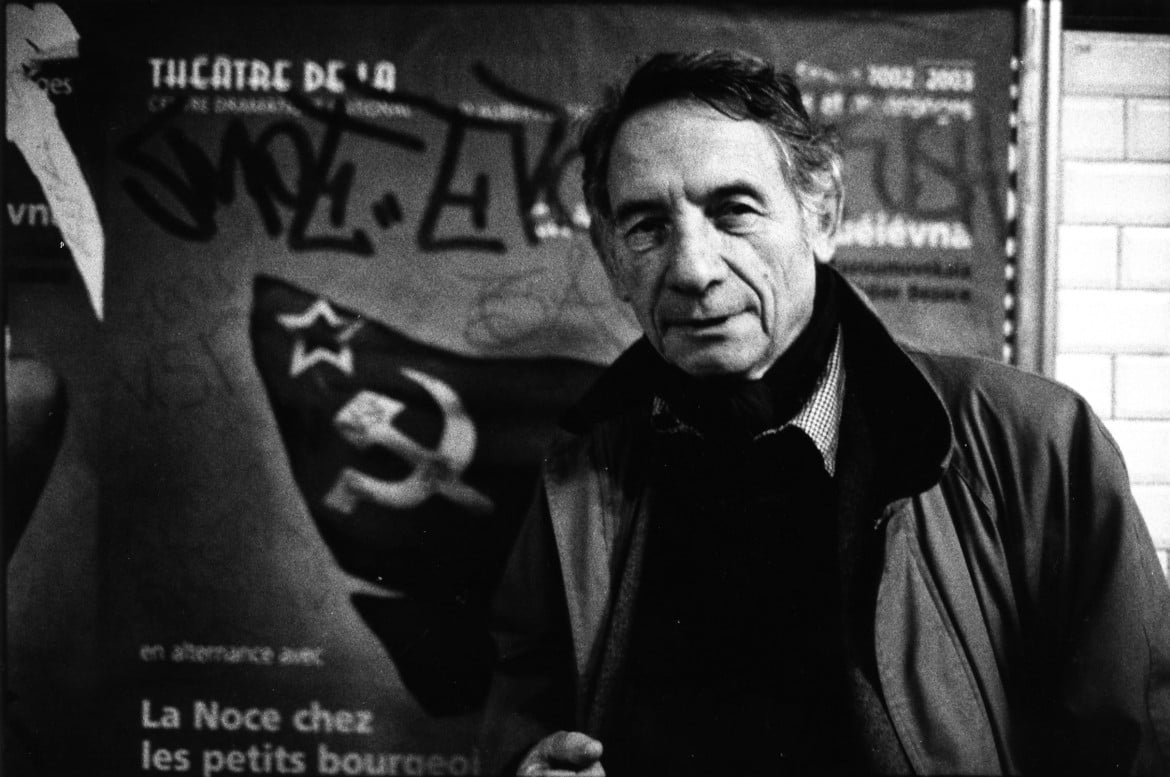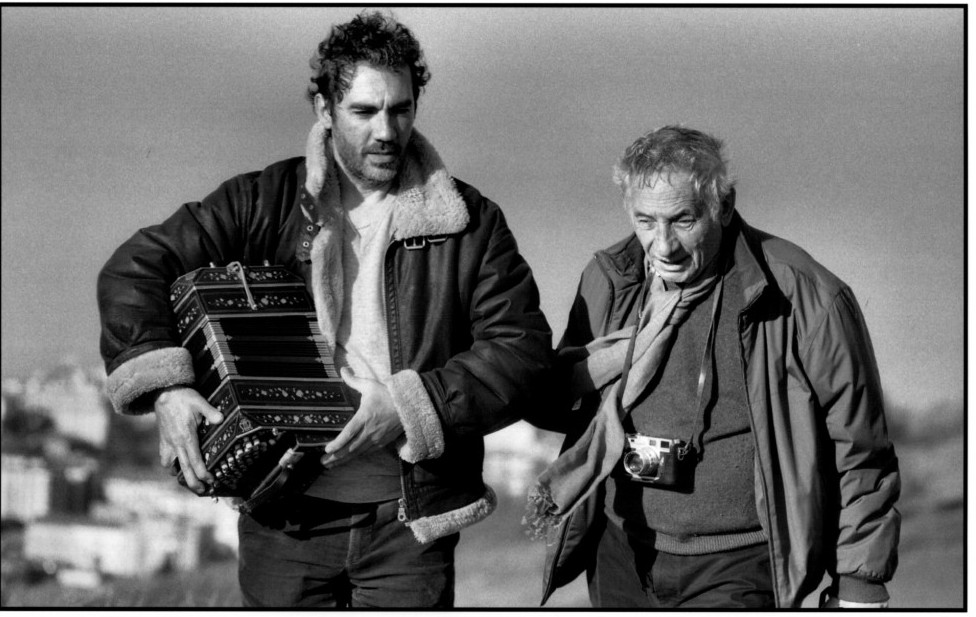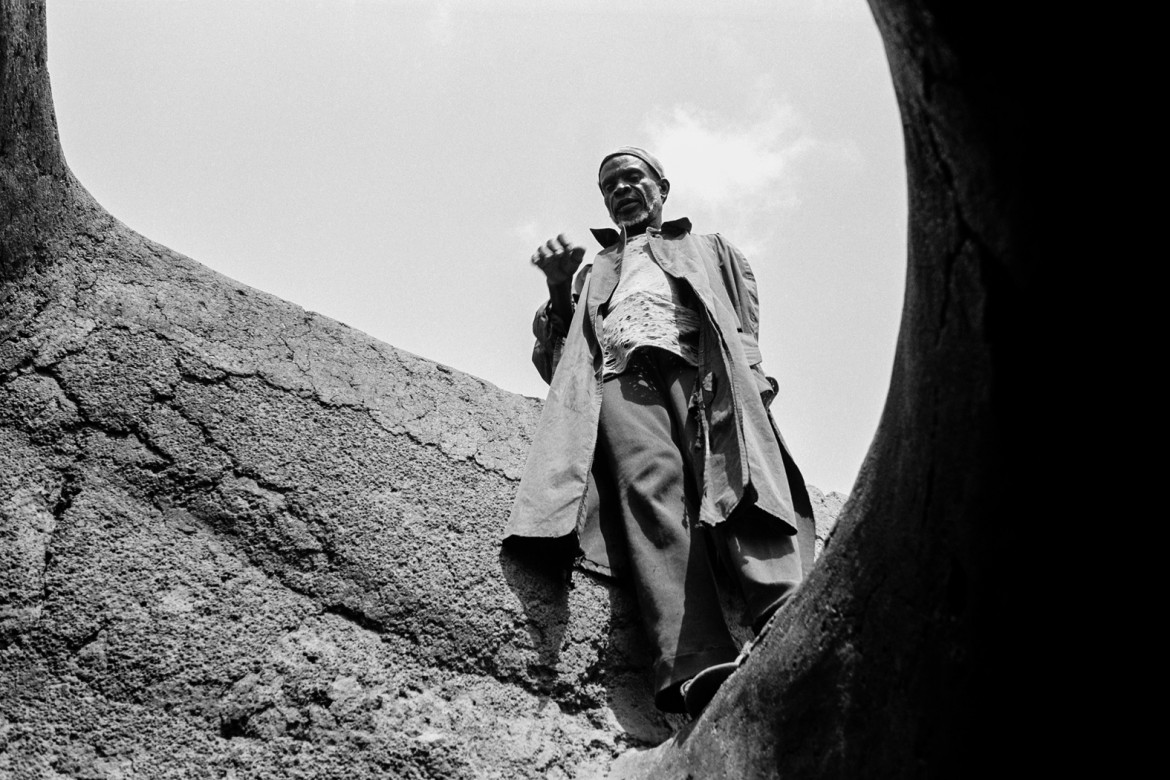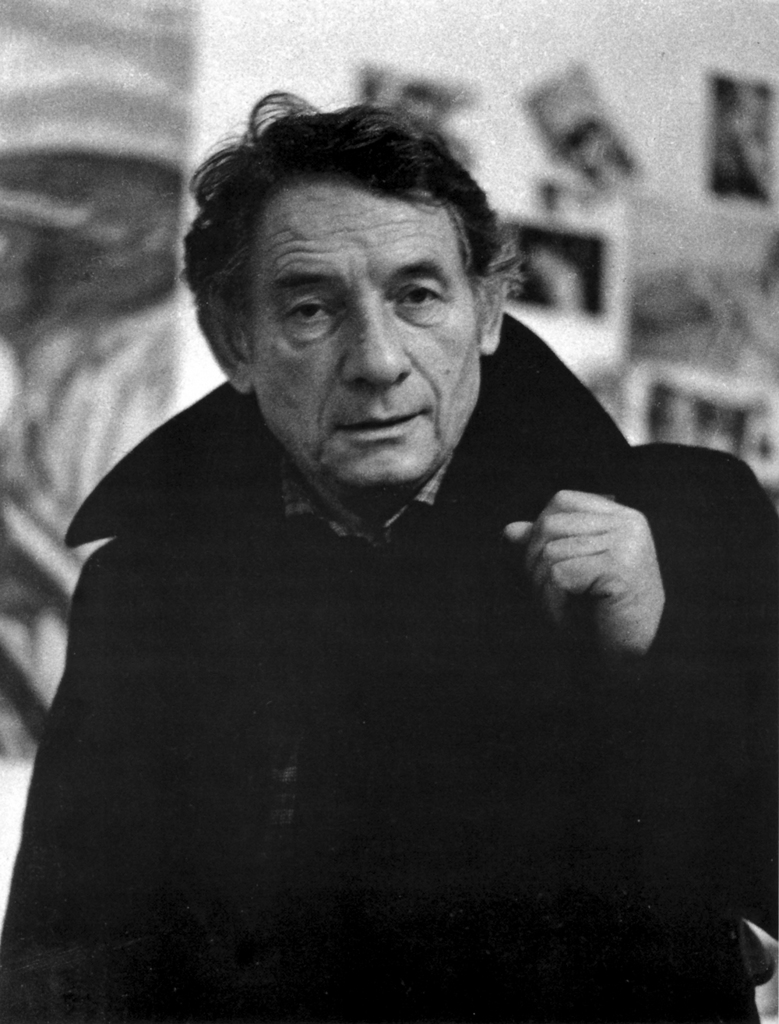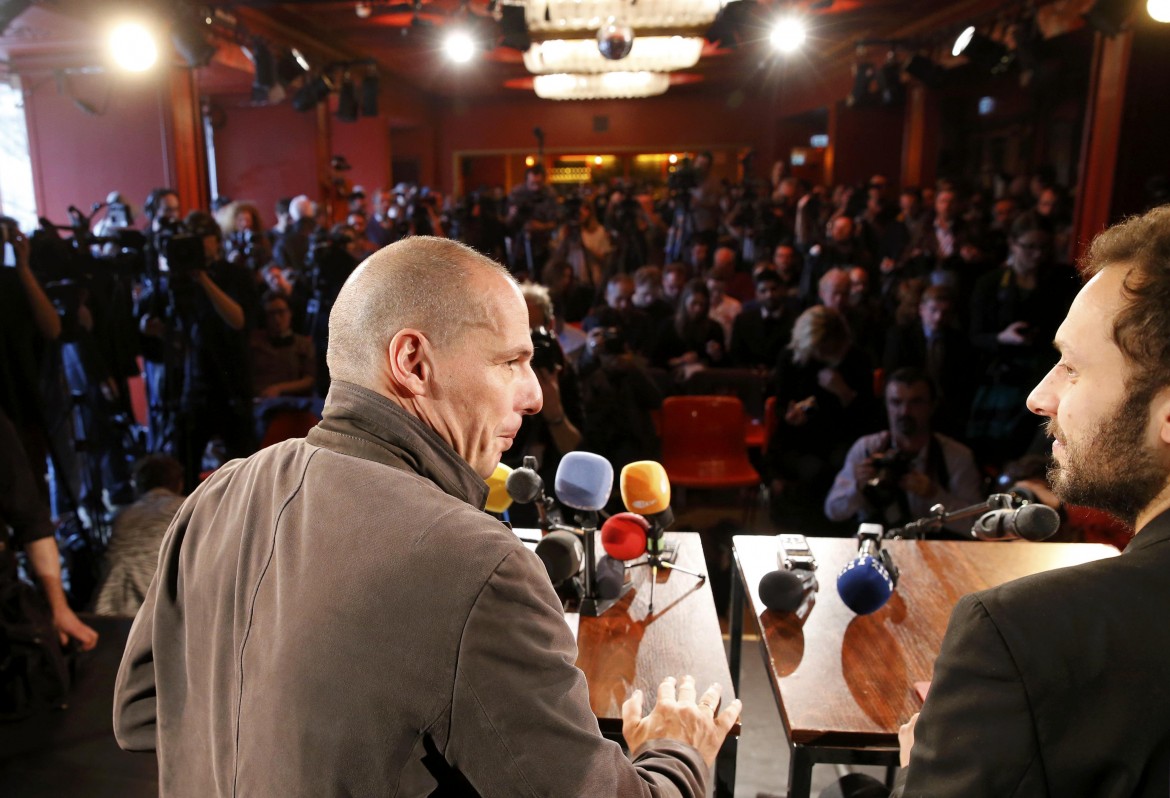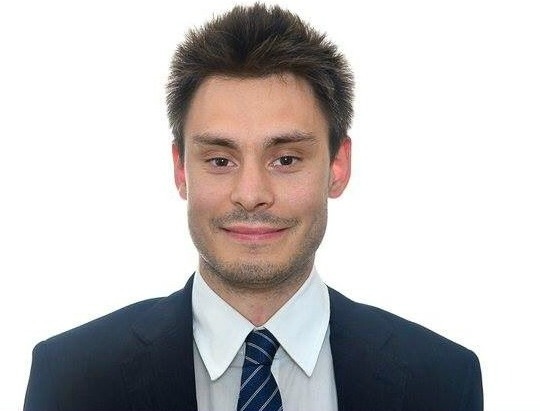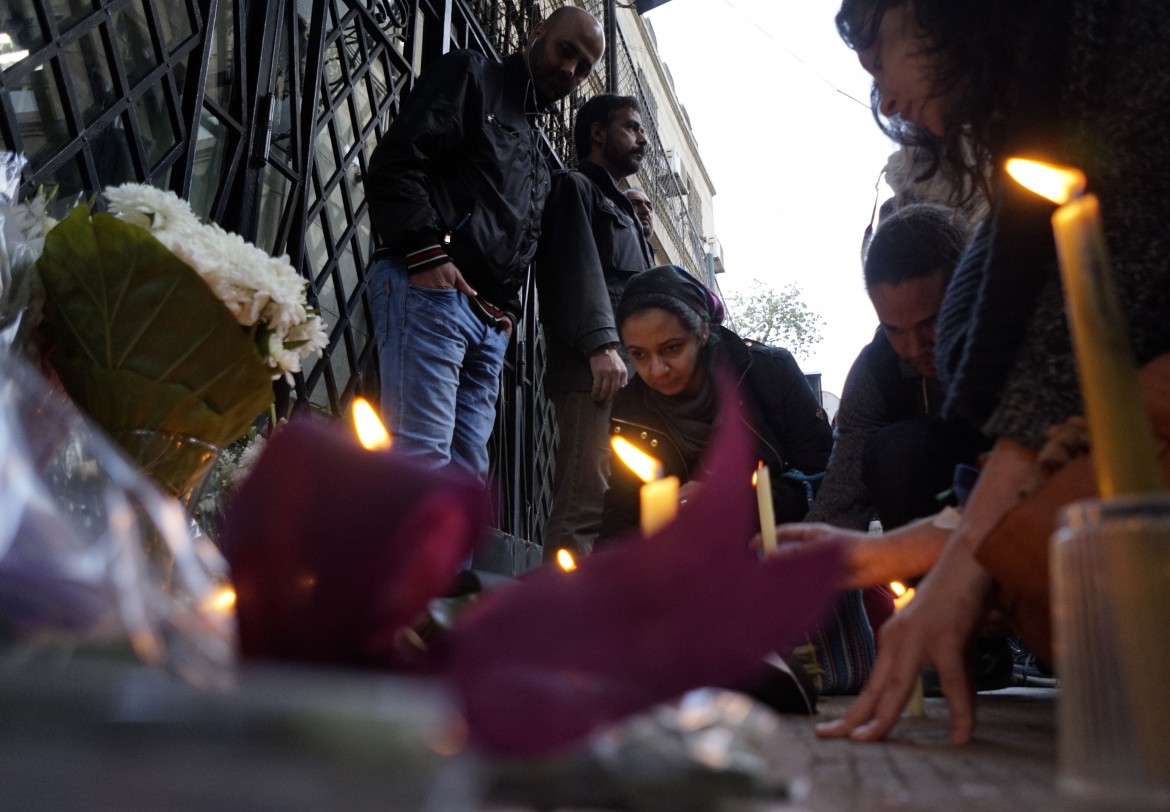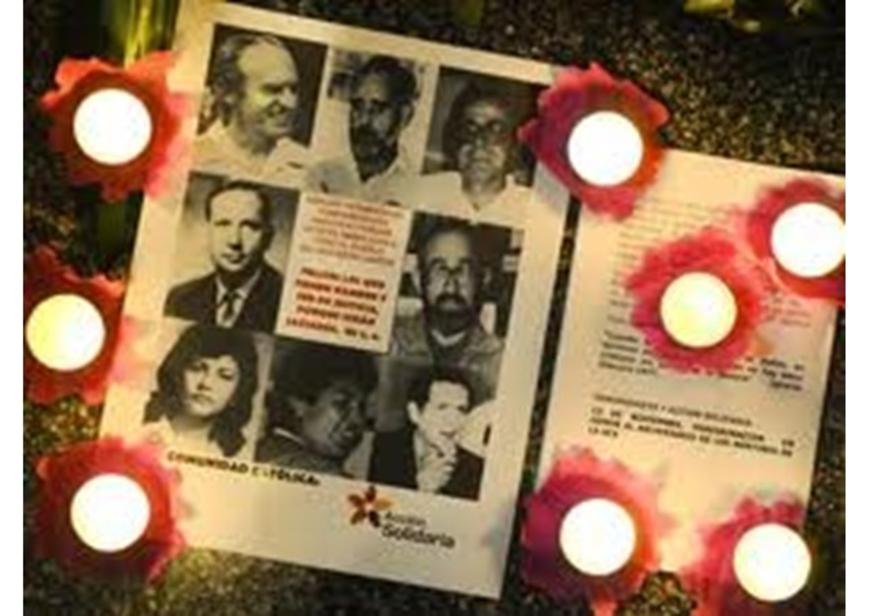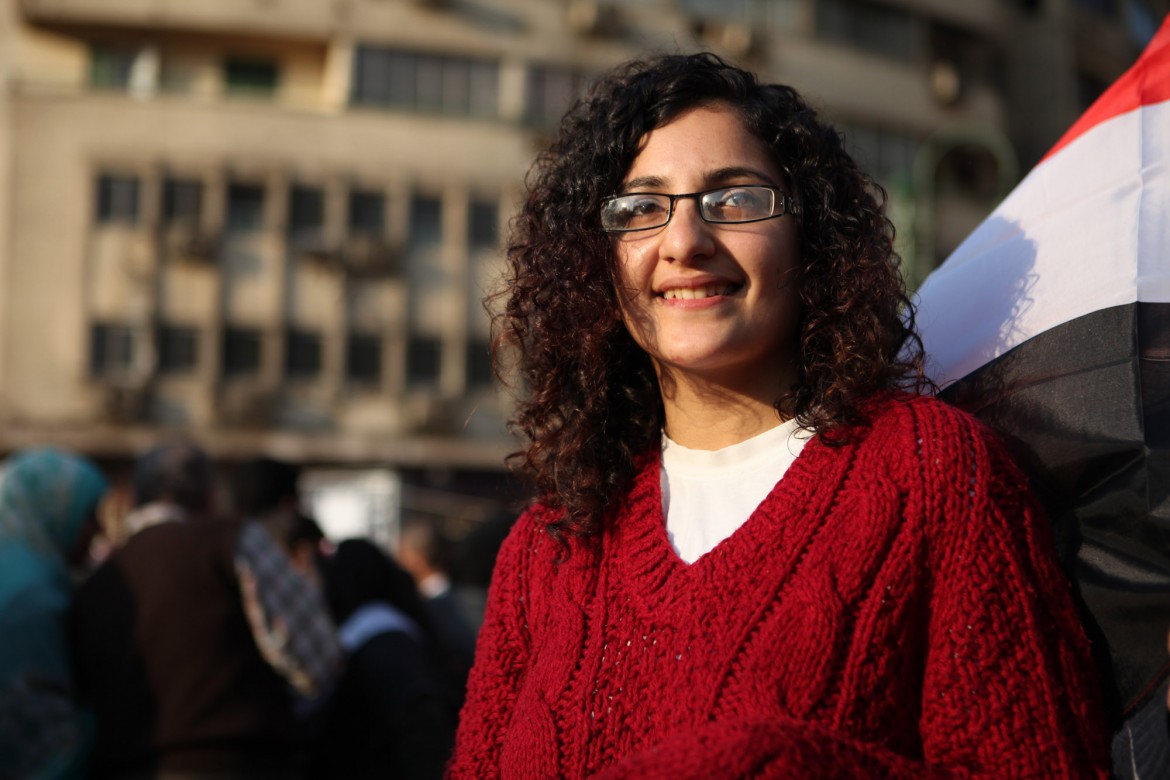The photojournalist Mario Dondero, who died Sunday, never betrayed his first dream: to become a sailor. People who go to sea keep intact the curiosity and aptitude for “visual vagrancy,” the continual shift of gaze from the horizon to the closest detail.
And, like a sailor, he traveled through life with light luggage. Not even his own photographs deserved special treatment: He has not classified, let alone archived them. “I didn’t photograph Sartre or Foucault to create a warehouse,” he said.
Dondero has hundreds and hundreds of film strips, taken and never developed. Trapped in those rolls are stories great and small, and an impressive gallery of portraits, a sentimental geography of faces and bodies that Dondero has frozen between the dark and the light.
To him, photography was the only means of transport in the world, even more so than the many planes and trains he took. Each image was a literary witness: not only when immortalizing the faces of the Nouveau Roman writers or of Samuel Beckett or Pasolini and Moravia. It was because they came out of his reminiscences of short stories, novels devoured, of pages browsed, of beloved authors. Their own gaze, Mario invented, immersing among the antiheroes of Hemingway or even in the sense of a disorderly tragic artist as Bacon, or in the impalpability of Giacometti.
Born in Milan in 1928, Dondero, former young partisan of the Ossola Valley, got his start as a reporter, sifting reality through the written word. Then, tired of always having to ask a photojournalist to accompany him, he got himself a Leica and took his own pictures.
He was a frequenter of the bar Jamaica (where intellectuals and photographers such as Berengo Gardin, Uliano Lucas and Alfa Castaldi gathered). An adoptive Parisian, Dondero built his “empirical path” from the people he met, listened to and followed. He was a formidable portrait artist. In the ‘50s, he worked for L’Espresso, L’Illustrazione Italiana and il manifesto. In France, he collaborated with Le Monde, Le Nouvel Observateur and Regards, the legendary magazine which published the first photographs of Capa and Gerda Taro.
He strolled between multiple worlds, but politically he leaned to the left, always in the right place at the right time: His photos told the stories of the Algerian war, the dictatorship in Greece, the Khmer Rouge, the social movements of Paris and Sartre and post-Soviet Russia in a very dense book, I Refugi di Lenin, “written” with Astrit Dakli, a Slavist with il manifesto.
As for digital photography? He did not belong to that generation, but he didn’t hate it: It was democratic. And in recent times, he practiced it himself. Until last April, his most beautiful images stood out on the walls of the ancient Baths of Diocletian in Rome.
A last goodbye to Mario Dondero will be at 2:30 p.m. on Dec. 16 at the Palazzo dei Priori in Fermo.
–> Originally published in Italian at il manifesto on Dec. 15, 2015

